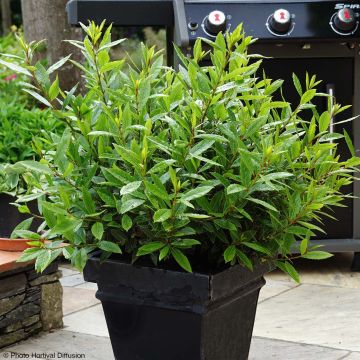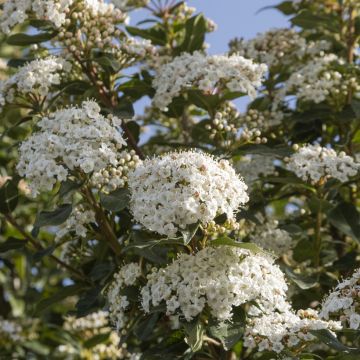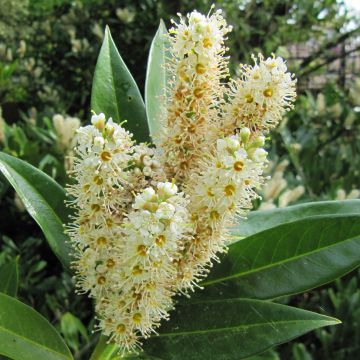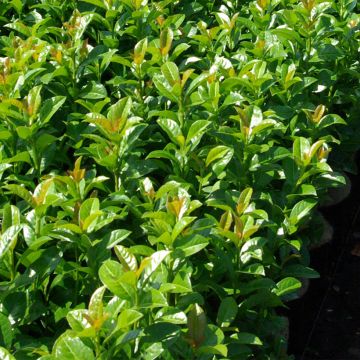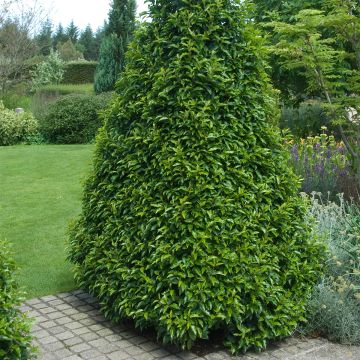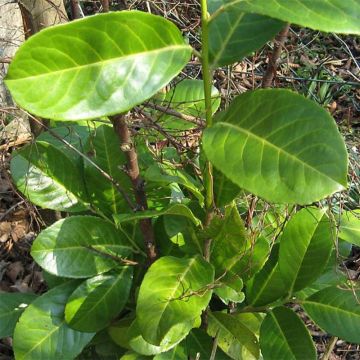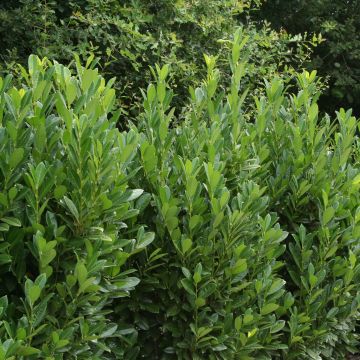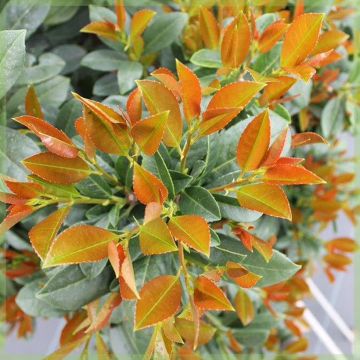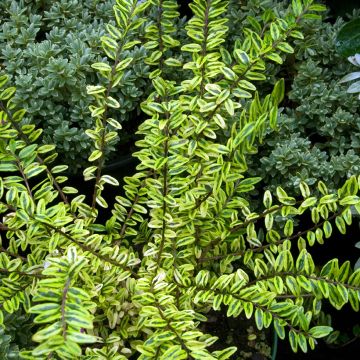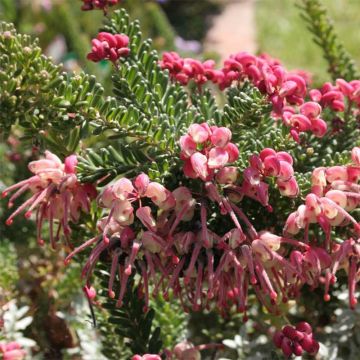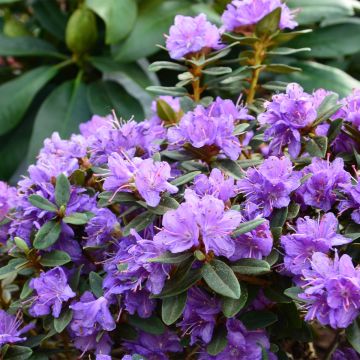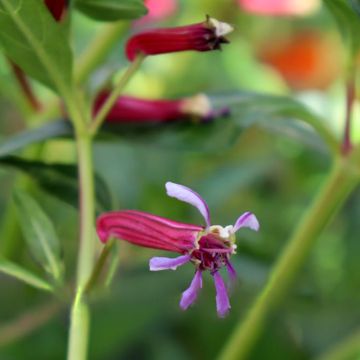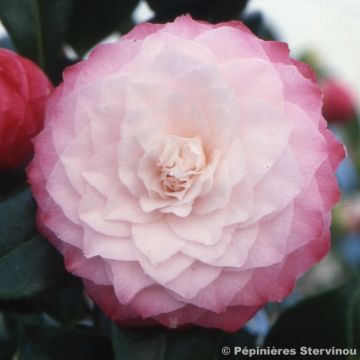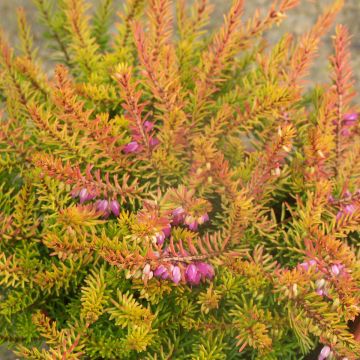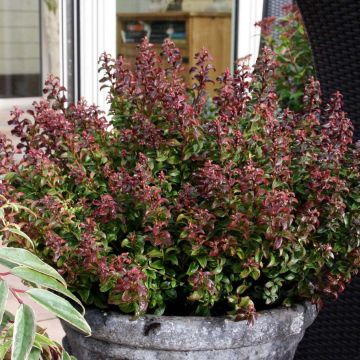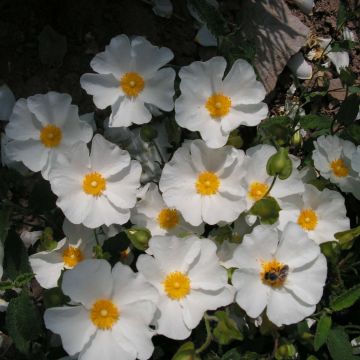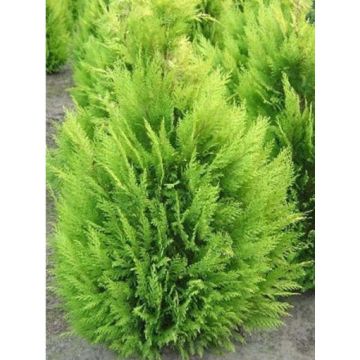Shipping country and language
Your country of residence may be:
Your country of residence is:
For a better user experience on our website, you can select:
Your shipping country:
Andorra
Austria
Belgium
Bulgaria
Canada
Chile
Croatia
Cyprus
Czechia
Denmark
Estonia
Finland
France
Germany
Greece
Hungary
Iceland
Ireland
Italy
Latvia
Lithuania
Luxembourg
Malta
Monaco
Netherlands
Poland
Portugal
Romania
Slovakia
Slovenia
Spain
Sweden
Switzerland
United Kingdom
We only deliver seed and bulb products to your country. If you add other products to your basket, they cannot be shipped.
Language:
French
German
Spanish
English
My Account
Hello
My wish lists
Plantfit
Log in / Register
Existing customer?
New customer?
Create an account to track your orders, access our customer service and, if you wish, make the most of our upcoming offers.
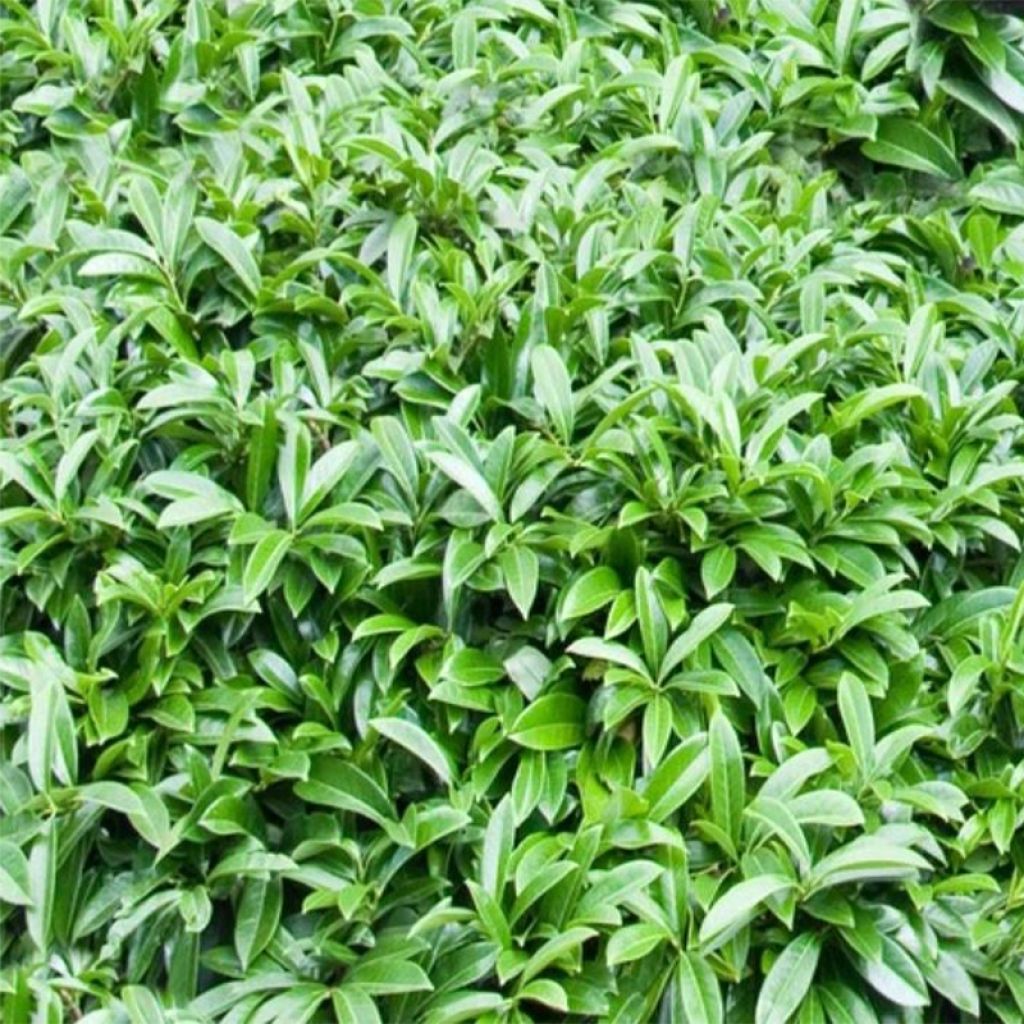

Prunus laurocerasus Mount Vernon - Cherry Laurel
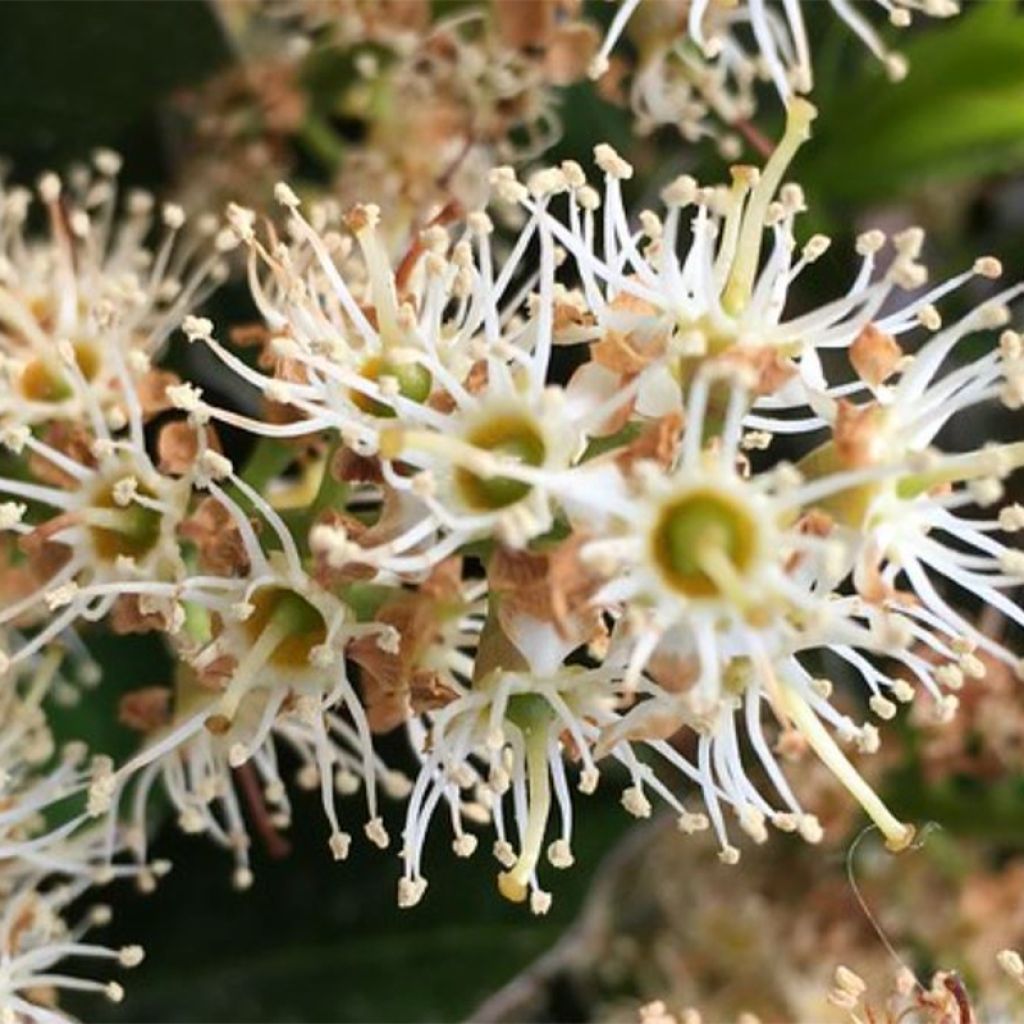

Prunus laurocerasus Mount Vernon - Cherry Laurel
Prunus laurocerasus Mount Vernon - Cherry Laurel
Prunus laurocerasus Mount Vernon
Cherry Laurel, Common Laurel, English Laurel
Very interesting plant for its prostrate and low form. Unfortunately, 2 out of the 3 young plants received are not thriving, I would not have chosen them in a garden centre, hence my rating.
Jérôme, 18/11/2023
Order in the next for dispatch today!
Dispatch by letter from €3.90.
Delivery charge from €5.90 Oversize package delivery charge from €6.90.
More information
This item is not available in your country.
Schedule delivery date,
and select date in basket
This plant carries a 24 months recovery warranty
More information
We guarantee the quality of our plants for a full growing cycle, and will replace at our expense any plant that fails to recover under normal climatic and planting conditions.
From €5.90 for pickup delivery and €6.90 for home delivery
Express home delivery from €8.90.
Does this plant fit my garden?
Set up your Plantfit profile →
Description
Prunus laurocerasus 'Mount Vernon' is a very hardy variety with a low and spreading habit. This evergreen bush forms a low cushion with horizontal growth. It is therefore a perfect plant for ground cover. Decorative all year round, it displays beautiful dark green evergreen foliage. Accepting of most types of soil except very alkaline, and capable of withstanding drought once well established, it is the archetype of an easy to grow plant.
Originating from southeastern Europe and Asia Minor, native to Iran, the Caucasus and Turkey, the Cherry Laurel, sometimes called Trabzon laurel, almond laurel or palm laurel, is an evergreen bush from the large Rosaceae family. Most of our fruit trees belong to this significant botanical family, as well as many ornamental plants, whether evergreen like the cherry laurel (e.g. Pyracantha, Photinia) or deciduous (Roses, Amelanchiers, Potentillas). Prunus laurocerasus are fairly hardy evergreen bushes, easy to grow in ordinary soil, undemanding in terms of exposure and tolerant of pruning. They also tolerate sea spray and pollution well. In alkaline soils, although others can adapt, it is preferable to plant varieties of Portuguese laurel.
The cultivar 'Mount Vernon' is notably different due to its very spreading habit and lanceolate foliage. Of average growth, it will reach 40 to 50 cm (16 to 20 in) in height and 1 to 1.5 m (3 to 5 ft) in width. A variety selected particularly for its hardiness, down to -20 °C, it is an old selection, introduced to the market in 1930. Its foliage is composed of large narrow leaves, elongated, 9 to 15 cm (3.5 to 6 in) long and 2.5 to 3 cm (1 to 1.2 in) wide, ending in fine points, leathery, shiny green, more or less intense depending on the nature of the soil. In alkaline soil it will tend towards light green, and in acidic soil towards dark green. Its white flowering, in erect clusters 15 cm (6 in) long, appears in May but it is generally not abundant. It gives way in the summer to small fruits that turn black when ripe, toxic to humans but sought after by birds, which disseminate the seeds.
'Mount Vernon' is an ideal bush for use as ground cover; its dense and evergreen foliage leaves little chance for weeds to establish. To achieve this plant 3 to 4 plants per square metre to quickly cover the surface. It will also be appreciated on a slope for maintenance-free cover, especially as the regular renewal of its leaves will cover the soil with dry leaves, further improving the coverage. Emitting fairly deep roots, it can be installed at the foot of trees without suffering from competition or shade. The very white trunk of Betula utilis jacquemontii - the superb Himalayan birch - will be highlighted by its dark green foliage. In an evergreen bed it can be placed in the foreground, in front of Photinias with their red young shoots, or a Japanese Spindle 'President Gauthier', to create a cheerful contrast with the variegated green foliage. The Mexican Orange 'Goldfinger', with its golden spring shoots, will enhance the dark foliage of 'Mount Vernon'.
Warning: The leaves and all parts of the cherry laurel are toxic if ingested, except for the pulp of the fruit (the seed is toxic). They contain prussic acid (hydrocyanic acid), associated with an aromatic substance called benzaldehyde which has the smell of bitter almonds. This compound is also found in e.g. almonds and apricot and peach stones.
Prunus laurocerasus Mount Vernon - Cherry Laurel in pictures
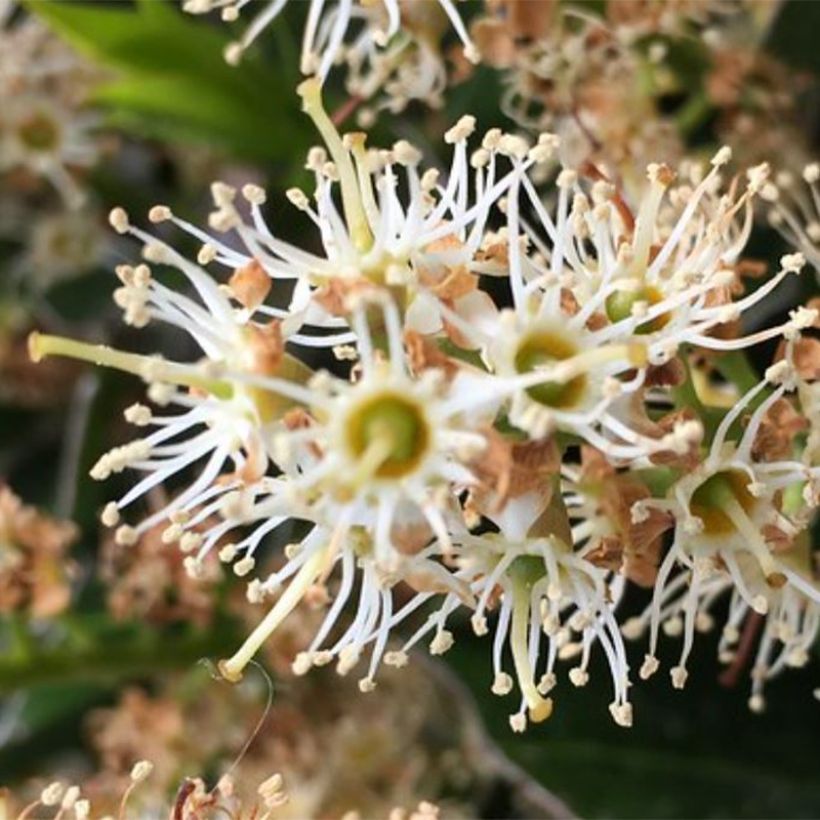

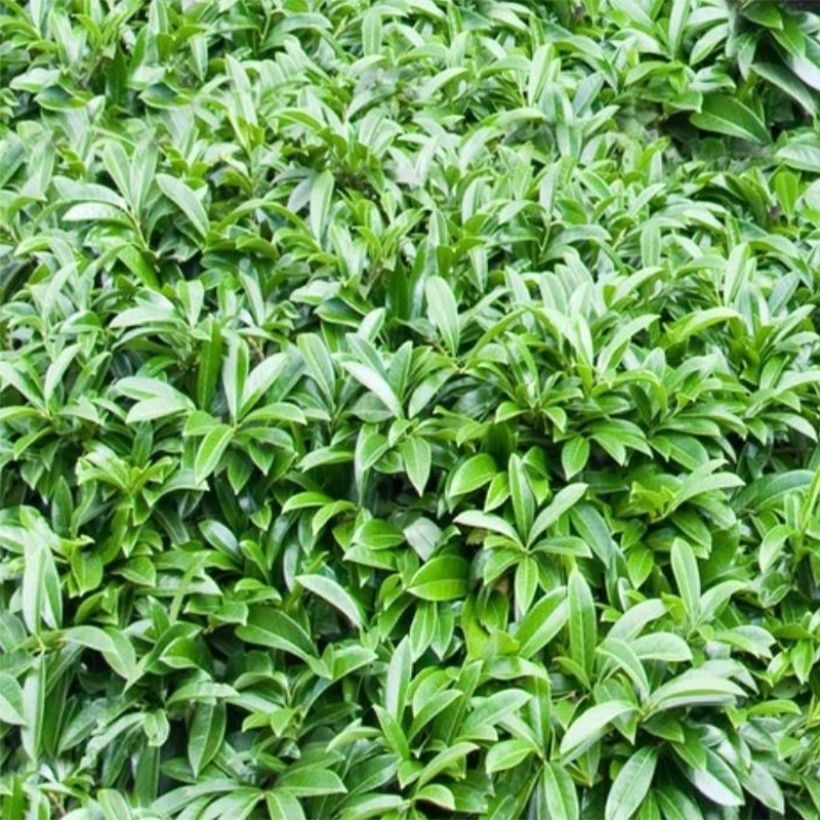

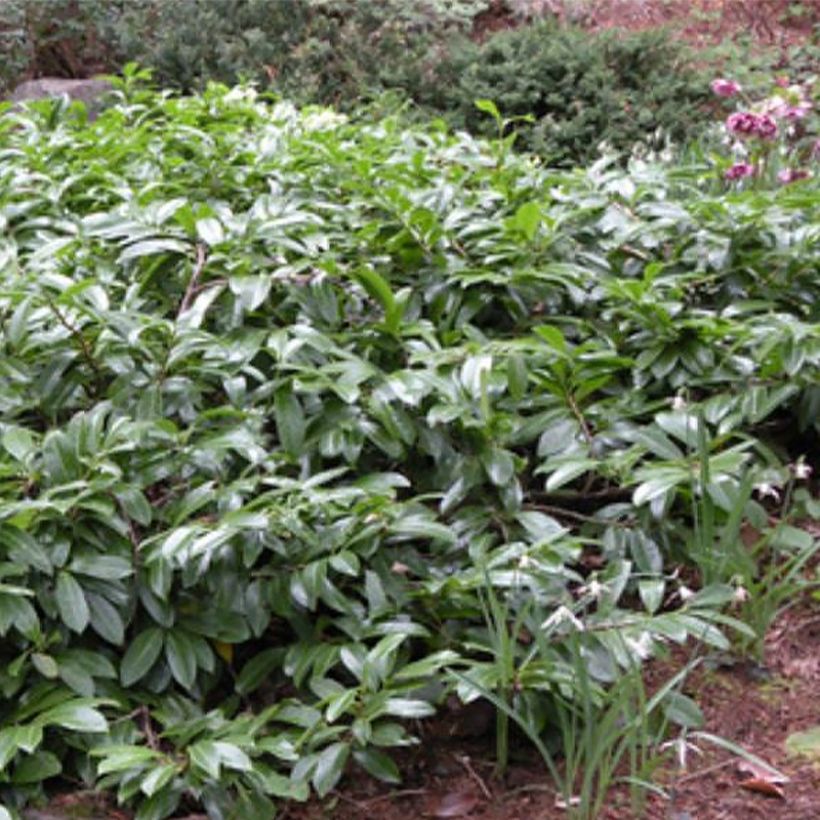

Plant habit
Flowering
Foliage
Botanical data
Prunus
laurocerasus
Mount Vernon
Rosaceae
Cherry Laurel, Common Laurel, English Laurel
Cultivar or hybrid
Other Cherry Laurel - Commun Laurel
Planting and care
Prunus laurocerasus 'Mount Vernon', very accommodating and very easy to cultivate, is content with ordinary, well-prepared soil, without too much limestone, moderately dry to damp. It tolerates all exposures, prefers partial shade, and withstands low temperatures (to around -20°C (-4 °F)). Even if its aerial parts are damaged by very hard frosts, it will emit vigorous shoots from the base. Long and intense periods of drought can destroy older plants. Planting is preferably carried out in autumn, or early spring in cooler regions.
Though quite resistant to disease, it is however sometimes subject to shothole disease, a pathology caused by a fungus. These attacks occur in spring and autumn, resulting in small circular black spots that perforate the leaves, which turn yellow and fall. This disease does not endanger the plant but causes unsightly damage and will spread to the entire cherry laurel hedge. You can treat preventively with a fungicidal product (Bordeaux mixture, sulphur) or, when planting, mix with different evergreens in the hedge composition in order to stop the spread of the disease when it occurs. It can also be subject to attacks from aphids, scale insects and powdery mildew in hot and dry weather.
Note: The decomposition of the leaves of the cherry laurel, very slow, results in the release of substances in the leaf litter that inhibit the germination and growth of other plants. It is therefore preferable to remove pruning waste rather than adding to your compost.
Planting period
Intended location
Care
- , onOrder confirmed
Reply from on Promesse de fleurs
Evergreen shrubs
Haven't found what you were looking for?
Hardiness is the lowest winter temperature a plant can endure without suffering serious damage or even dying. However, hardiness is affected by location (a sheltered area, such as a patio), protection (winter cover) and soil type (hardiness is improved by well-drained soil).

Photo Sharing Terms & Conditions
In order to encourage gardeners to interact and share their experiences, Promesse de fleurs offers various media enabling content to be uploaded onto its Site - in particular via the ‘Photo sharing’ module.
The User agrees to refrain from:
- Posting any content that is illegal, prejudicial, insulting, racist, inciteful to hatred, revisionist, contrary to public decency, that infringes on privacy or on the privacy rights of third parties, in particular the publicity rights of persons and goods, intellectual property rights, or the right to privacy.
- Submitting content on behalf of a third party;
- Impersonate the identity of a third party and/or publish any personal information about a third party;
In general, the User undertakes to refrain from any unethical behaviour.
All Content (in particular text, comments, files, images, photos, videos, creative works, etc.), which may be subject to property or intellectual property rights, image or other private rights, shall remain the property of the User, subject to the limited rights granted by the terms of the licence granted by Promesse de fleurs as stated below. Users are at liberty to publish or not to publish such Content on the Site, notably via the ‘Photo Sharing’ facility, and accept that this Content shall be made public and freely accessible, notably on the Internet.
Users further acknowledge, undertake to have ,and guarantee that they hold all necessary rights and permissions to publish such material on the Site, in particular with regard to the legislation in force pertaining to any privacy, property, intellectual property, image, or contractual rights, or rights of any other nature. By publishing such Content on the Site, Users acknowledge accepting full liability as publishers of the Content within the meaning of the law, and grant Promesse de fleurs, free of charge, an inclusive, worldwide licence for the said Content for the entire duration of its publication, including all reproduction, representation, up/downloading, displaying, performing, transmission, and storage rights.
Users also grant permission for their name to be linked to the Content and accept that this link may not always be made available.
By engaging in posting material, Users consent to their Content becoming automatically accessible on the Internet, in particular on other sites and/or blogs and/or web pages of the Promesse de fleurs site, including in particular social pages and the Promesse de fleurs catalogue.
Users may secure the removal of entrusted content free of charge by issuing a simple request via our contact form.
The flowering period indicated on our website applies to countries and regions located in USDA zone 8 (France, the United Kingdom, Ireland, the Netherlands, etc.)
It will vary according to where you live:
- In zones 9 to 10 (Italy, Spain, Greece, etc.), flowering will occur about 2 to 4 weeks earlier.
- In zones 6 to 7 (Germany, Poland, Slovenia, and lower mountainous regions), flowering will be delayed by 2 to 3 weeks.
- In zone 5 (Central Europe, Scandinavia), blooming will be delayed by 3 to 5 weeks.
In temperate climates, pruning of spring-flowering shrubs (forsythia, spireas, etc.) should be done just after flowering.
Pruning of summer-flowering shrubs (Indian Lilac, Perovskia, etc.) can be done in winter or spring.
In cold regions as well as with frost-sensitive plants, avoid pruning too early when severe frosts may still occur.
The planting period indicated on our website applies to countries and regions located in USDA zone 8 (France, United Kingdom, Ireland, Netherlands).
It will vary according to where you live:
- In Mediterranean zones (Marseille, Madrid, Milan, etc.), autumn and winter are the best planting periods.
- In continental zones (Strasbourg, Munich, Vienna, etc.), delay planting by 2 to 3 weeks in spring and bring it forward by 2 to 4 weeks in autumn.
- In mountainous regions (the Alps, Pyrenees, Carpathians, etc.), it is best to plant in late spring (May-June) or late summer (August-September).
The harvesting period indicated on our website applies to countries and regions in USDA zone 8 (France, England, Ireland, the Netherlands).
In colder areas (Scandinavia, Poland, Austria...) fruit and vegetable harvests are likely to be delayed by 3-4 weeks.
In warmer areas (Italy, Spain, Greece, etc.), harvesting will probably take place earlier, depending on weather conditions.
The sowing periods indicated on our website apply to countries and regions within USDA Zone 8 (France, UK, Ireland, Netherlands).
In colder areas (Scandinavia, Poland, Austria...), delay any outdoor sowing by 3-4 weeks, or sow under glass.
In warmer climes (Italy, Spain, Greece, etc.), bring outdoor sowing forward by a few weeks.

